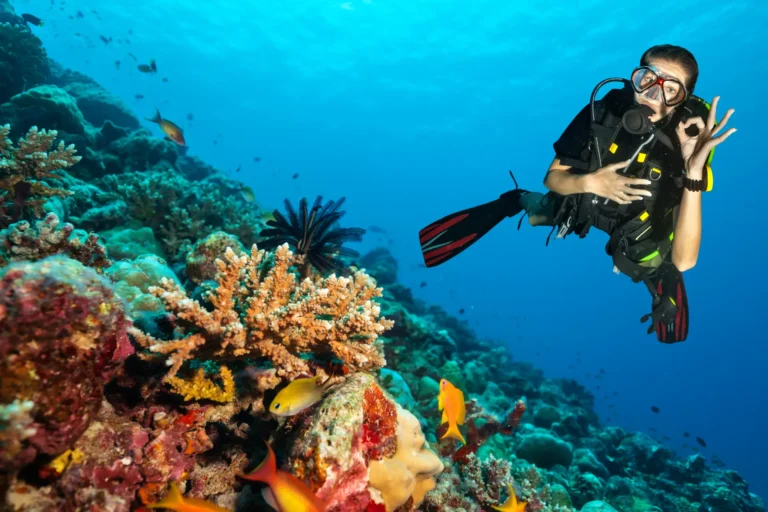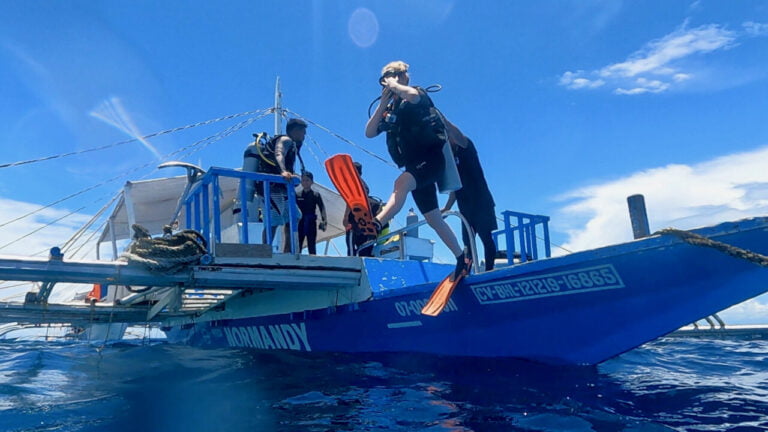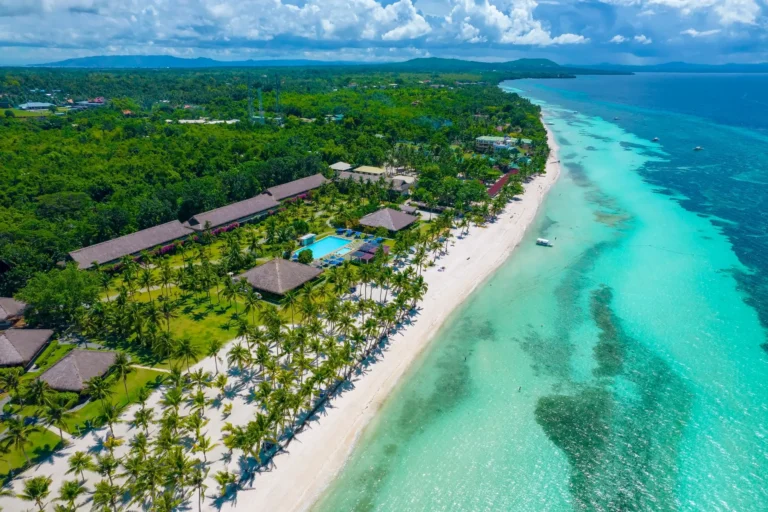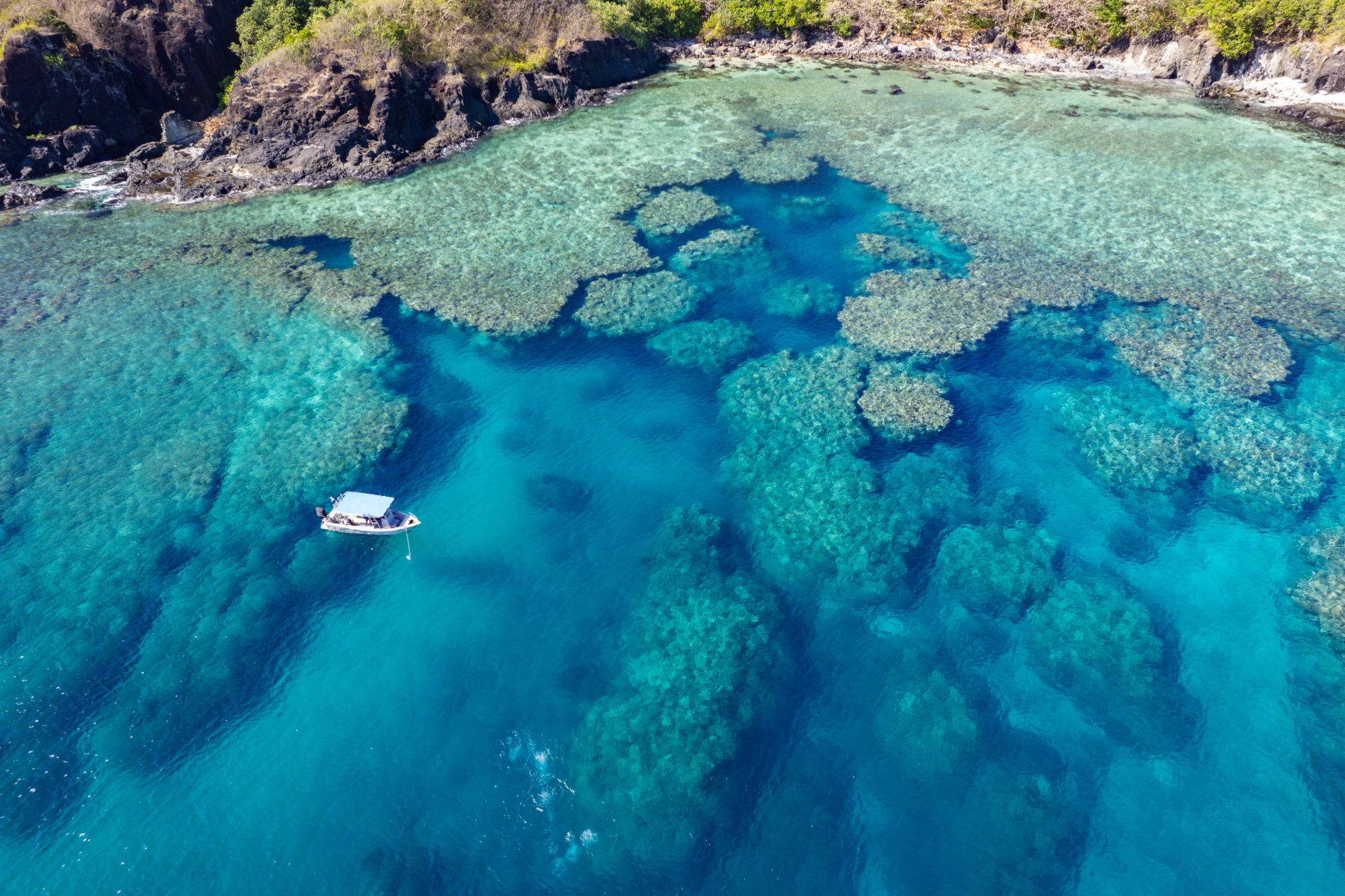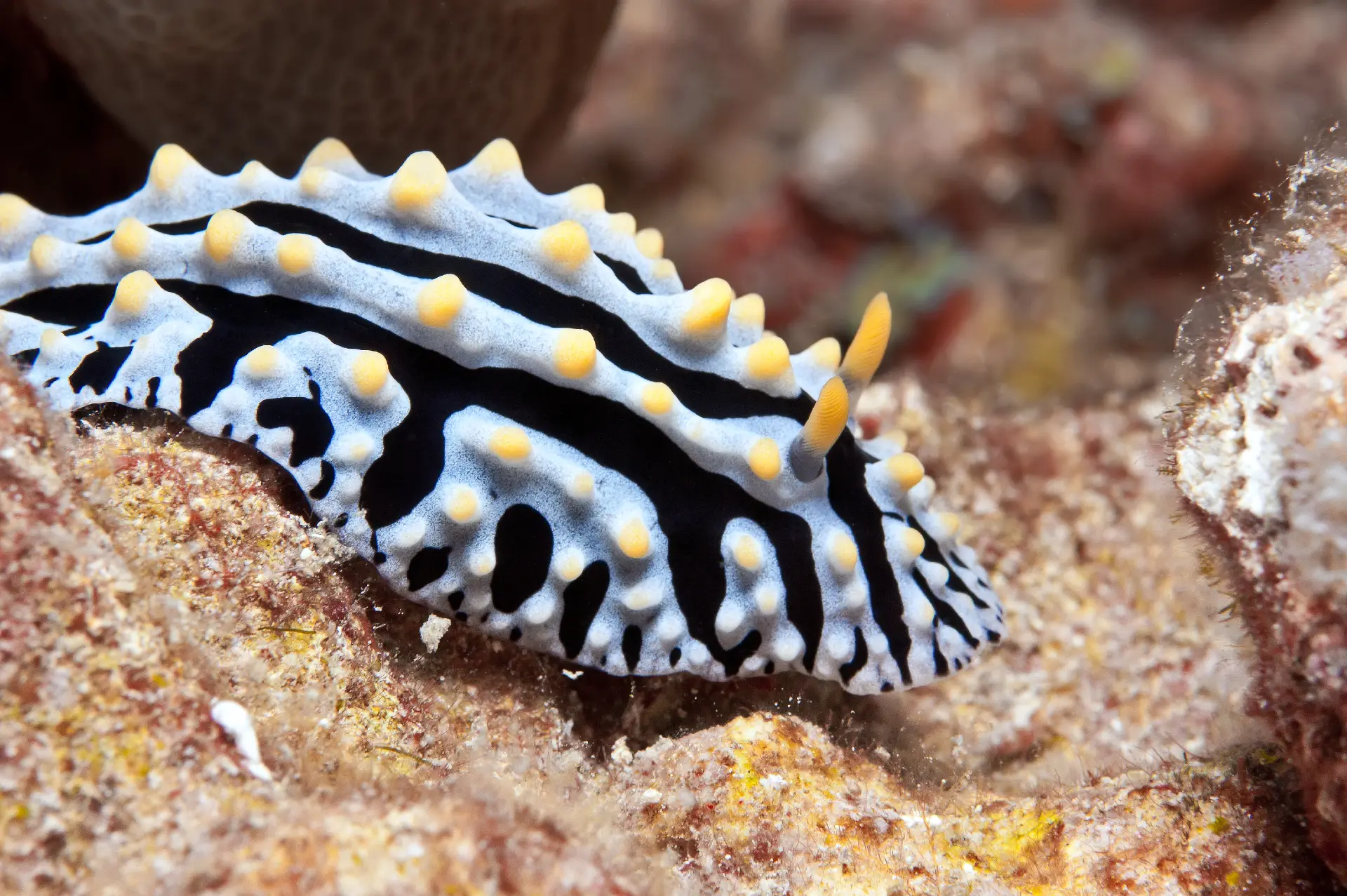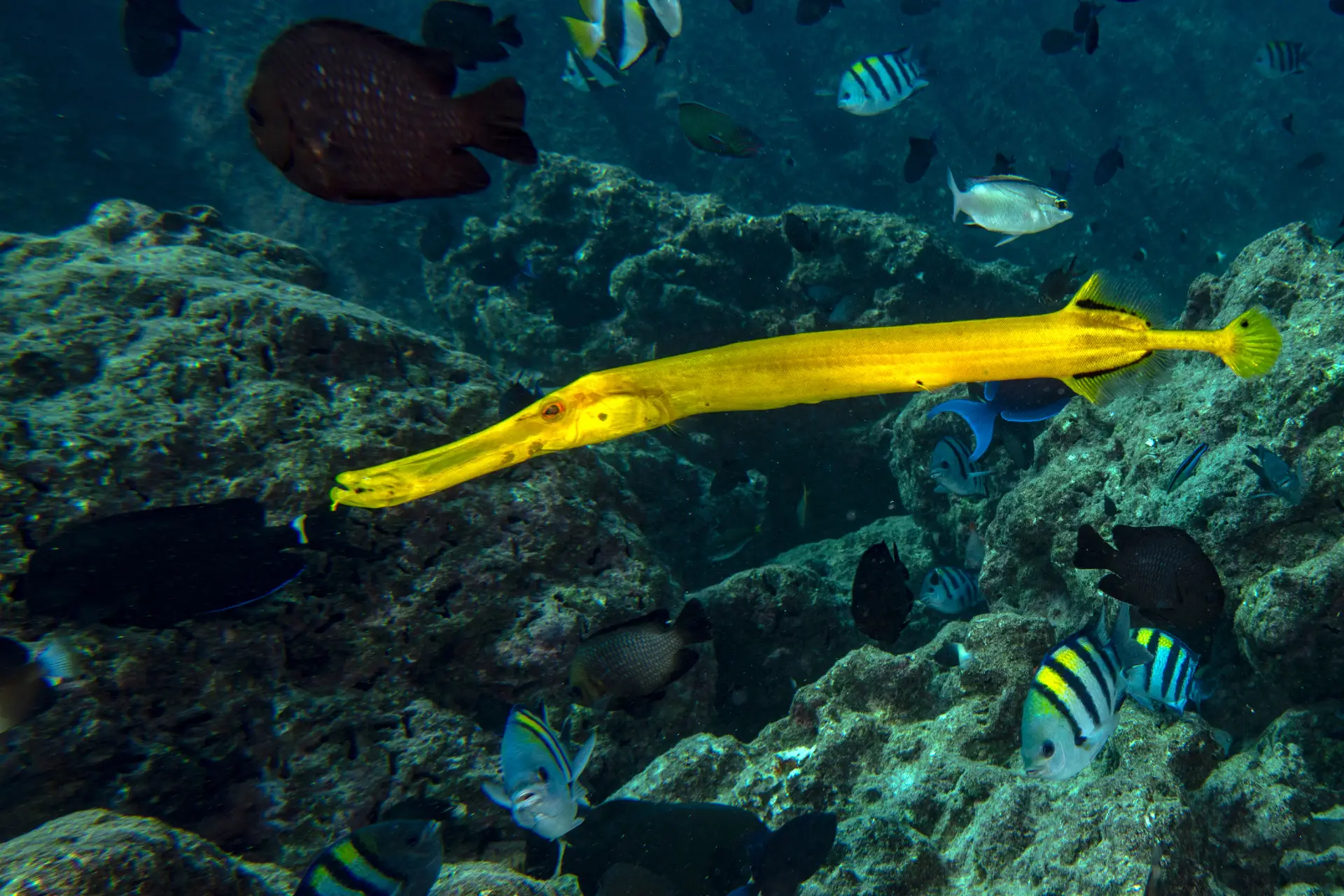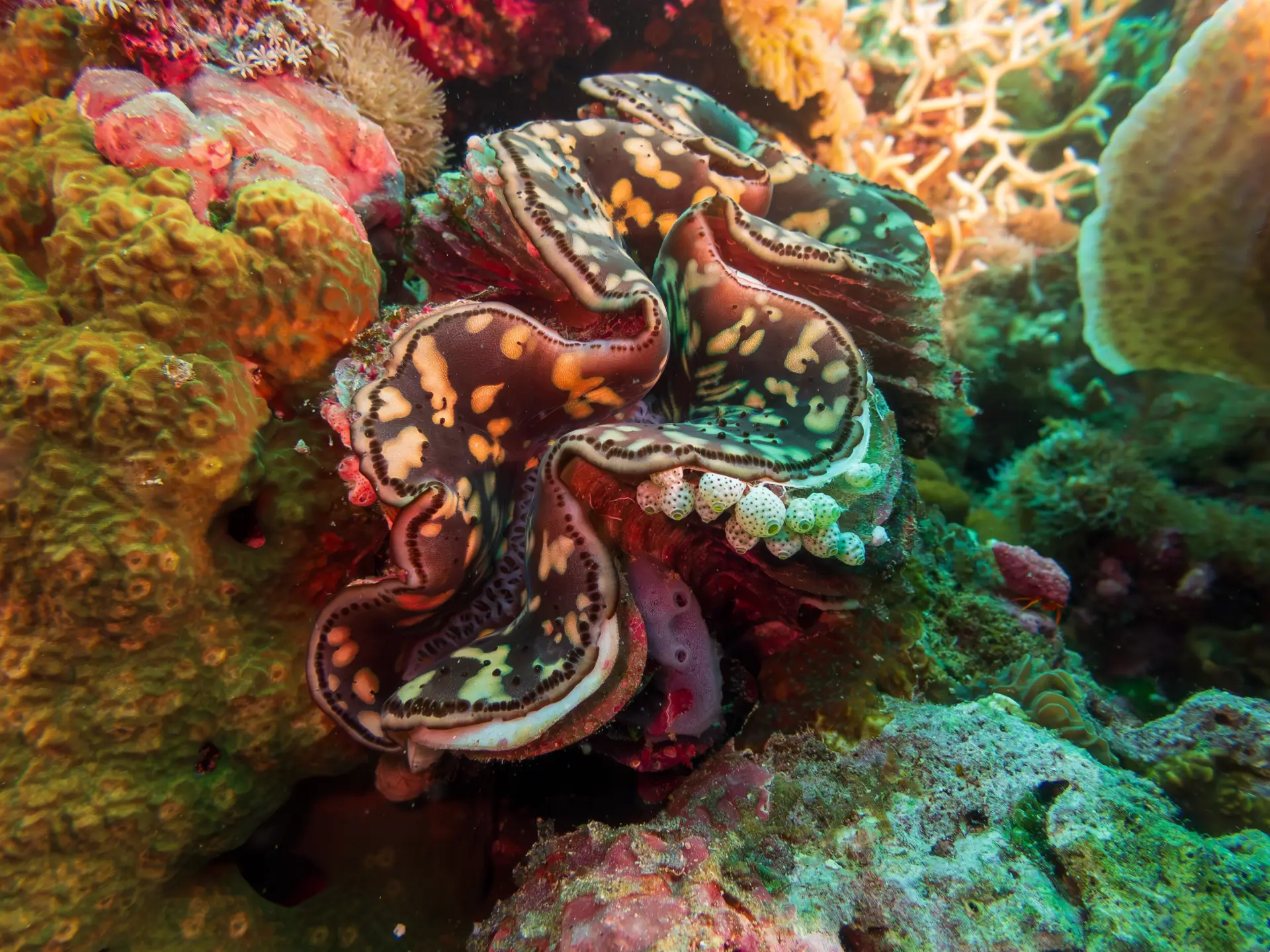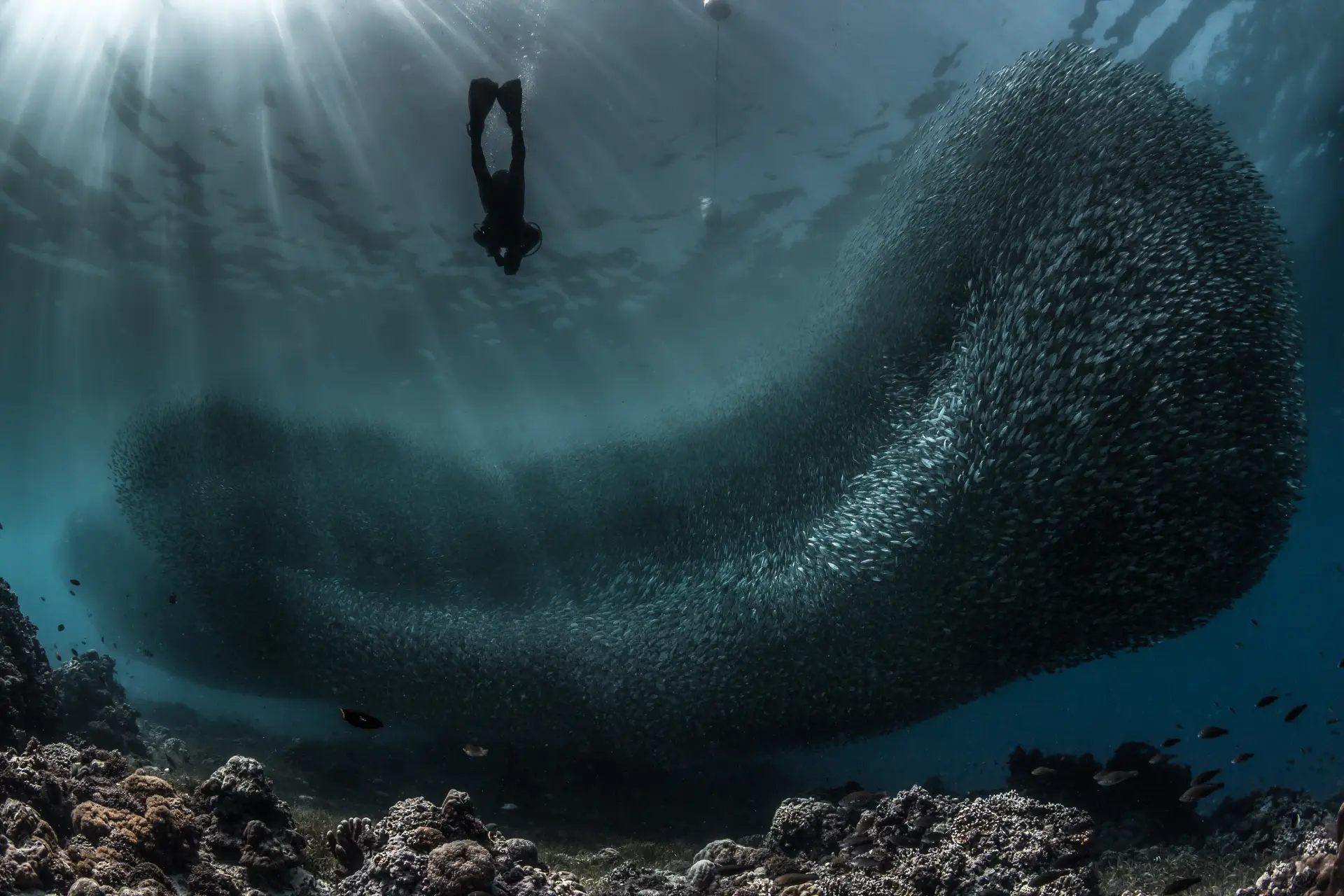Mastering Buoyancy Control: Essential Tips for Every Diver
Buoyancy control is one of the most critical skills a diver can develop. Whether you’re a newly certified diver or an experienced underwater explorer, mastering buoyancy allows you to move effortlessly through the water, conserve energy, and protect the marine environment. Great buoyancy control not only enhances your safety and comfort underwater but also elevates your overall diving experience.
At Sierra Madre Divers, we emphasize buoyancy training in all of our diving courses, from beginner to professional levels, because we believe it’s the foundation of safe and enjoyable diving. Here’s a comprehensive guide to understanding and improving your buoyancy control.
Why Buoyancy Control Matters
Good buoyancy control is about more than just hovering mid-water—it impacts multiple aspects of your dive:
- Energy Efficiency: By maintaining proper buoyancy, you conserve energy and air, which extends your dive time.
- Environmental Protection: Controlled buoyancy ensures that you don’t accidentally kick or touch coral reefs, protecting delicate marine ecosystems.
- Safety: Maintaining neutral buoyancy helps you avoid rapid ascents or descents, reducing the risk of barotrauma or decompression sickness.
- Photography and Observation: With better buoyancy, you can approach marine life without disturbing it, making for better underwater photography and observation.
Key Factors Affecting Buoyancy
Several factors influence a diver’s ability to control buoyancy:
- Weighting: The right amount of weight is crucial. Too much weight makes it harder to achieve neutral buoyancy, while too little can make safety stops and descents challenging.
- Breathing: Since your lungs act as a natural buoyancy control device, controlling your breathing helps fine-tune your position in the water.
- Buoyancy Control Device (BCD) Use: Proper use of your BCD is key to maintaining buoyancy. Over-inflating or under-inflating it can lead to poor control.
- Exposure Suit: Wet suits and dry suits add buoyancy, and understanding how they compress at different depths is essential for maintaining control.
Tips for Improving Buoyancy Control
Here are some practical tips to help you master buoyancy control:
Perfect Your Weighting
Proper weighting is the foundation of good buoyancy control. To find the right amount of weight:
- Conduct a buoyancy check at the surface. With an empty BCD and normal breath, you should float at eye level.
- As a general rule, start with 10% of your body weight in lead and adjust based on your exposure suit and equipment.
Master Breath Control
Your lungs play a significant role in fine-tuning buoyancy. Breathing deeply causes you to rise slightly, while exhaling fully causes you to sink. Practice slow, controlled breathing to maintain a stable position in the water.
Use Your BCD Wisely
Your BCD is a tool for gross buoyancy adjustments, not fine-tuning. Use it sparingly and avoid over-inflating. Once you reach your desired depth, minor adjustments in buoyancy should be made using your breath, not your BCD.
Adopt the Right Body Position
Streamlining your body position helps you move more efficiently through the water. Keep your body horizontal with your arms tucked in and fins slightly elevated. A streamlined position reduces drag and makes it easier to control your movements.
Practice Hovering
Hovering is an excellent exercise for developing buoyancy control. In shallow water, practice hovering motionless by controlling your breath and adjusting your body position. Once you can hover comfortably, you’ll have a better sense of how to maintain neutral buoyancy throughout your dive.
Exercises to Improve Buoyancy
Here are a few simple exercises you can practice during your dives to enhance your buoyancy control:
Buoyancy Platform Drill
Find a flat area at a depth of about 6-10 meters. Try to hover just above the platform without touching it. Use your breath to make slight adjustments and focus on staying in one place.
Mid-Water Stops
While ascending or descending, practice stopping mid-water and holding your position for a few seconds. This drill helps improve control during safety stops and depth changes.
Through the Hoop
Set up a large hoop (or use natural swim-throughs) and practice swimming through it without touching the edges. This exercise helps with fine-tuning your movements and maintaining a streamlined position.
Specialty Courses for Buoyancy Mastery
If you want to take your buoyancy control to the next level, consider enrolling in a PADI Peak Performance Buoyancy specialty course. At Sierra Madre Divers, this course focuses on:
- Finding your ideal weighting
- Perfecting trim and body positioning
- Practicing advanced buoyancy techniques in a variety of dive scenarios
This course is perfect for divers who want to improve their skills, conserve air, and have more enjoyable dives.
Common Buoyancy Mistakes to Avoid
Even experienced divers can struggle with buoyancy at times. Here are some common mistakes to watch out for:
- Overweighting: Carrying too much weight makes it harder to control buoyancy and increases air consumption.
- Holding Your Breath: Never hold your breath while diving. Instead, focus on slow, controlled breathing to maintain neutral buoyancy.
- Relying Too Much on the BCD: Constantly inflating and deflating your BCD leads to instability. Use it only for large adjustments, and rely on your breathing for fine control.
- Ignoring Trim: Poor body positioning creates drag and makes buoyancy control harder. Keep a horizontal position whenever possible.
Why Buoyancy Control Matters at Sierra Madre Divers
At Sierra Madre Divers, we believe that mastering buoyancy is key to becoming a confident, environmentally conscious diver. Our instructors emphasize buoyancy training in all of our courses, helping divers improve their skills and gain more control underwater.
Whether you’re a beginner looking to perfect your fundamentals or an experienced diver aiming to fine-tune your technique, our team is here to guide you every step of the way. From personalized buoyancy checks to advanced specialty courses, we offer everything you need to enhance your diving experience.
Ready to Improve Your Buoyancy?
If you’re ready to take your buoyancy control to the next level, join us at Sierra Madre Divers. Whether you’re signing up for a PADI course or just want to practice during your dives, we’re here to help you master this essential skill.
Contact us today or visit our dive center in Panglao to learn more about our courses and guided dives. Let’s make every dive better, safer, and more enjoyable by mastering buoyancy together!

